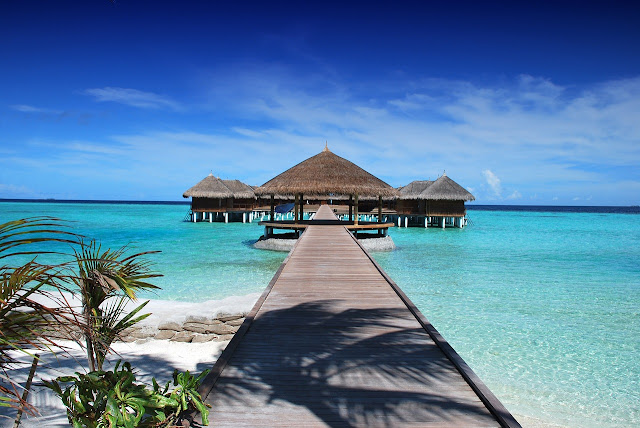READ MORE: TOURISM IN EGYPT: ABDEEN PALACE AND 5 MUSEUMS
Don't forget to include The Manial Palace in your Egypt tourism itinerary because this palace has a high artistic value and every detail will amaze you

HISTORY OF PRINCE MUHAMMAD ALI TAWFIK
READ MORE: AISHA FAHMY PALACE: CAIRO BEAUTIFUL TREASURE
READ MORE: AISHA FAHMY'S PALACE : HISTORY, BEAUTY AND TRAGEDY?
From the nineteenth to the mid-twentieth centuries, Egypt and Sudan were ruled by the Muhammad Ali dynasty. It was named after its forefather, Muhammad Ali Pasha, who is widely regarded as the founder of modern Egypt. It was also more formally known as the Alawiyya or Alawite dynasty in contemporary English, and because the majority of its rulers bore the title Khedive, it was often referred to as the Khedival dynasty by contemporaries.

Mohammed Ali Tewfik had a great palace, Al Manial, which he had built in the early 20th century, that contains many artifacts in a vintage architectural ambience
Muhammad Ali Tawfik adored and bred Arabian horses, as did his ancestor Abbas Pasha I. He also published a book:
- Mon journal de voyage en Afrique du sud (1923).
- Breeding of Purebred Arab Horses (1936).
- Souvenirs de Jeunesse: Le Theresianum (Vienne de mon temps) (1948).
- Ma jeunesse à Paris (1950).

The Museum of Prince Muhammad Ali's Palace in Manial is one of Egypt's most beautiful and historical. The museum depicts an important period in modern Egyptian history and is distinguished by its architectural design.

Its modern Islamic style is influenced by Persian and Mamluk elements. It was also influenced by motifs from Syria, Morocco, and Andalusia, as well as Ottoman style. As a result, the structure combines several Islamic architectural traditions.
Designed in a style that incorporated European Art Nouveau and Rococo with many traditional Islamic architecture styles such as Ottoman, Arab Andalusian, and Persian, resulting in inspired combinations in spatial design, architectural and interior decorations, and sumptuous materials. It housed his extensive art, furniture, clothing, silver, objets d'art, and mediaeval manuscripts from the Middle Ages collections.

ADDRESS MANIAL PALACE AND MUSEUM
THANK YOU FOR PHOTO OWNER AND SOURCE FOR MANIAL PALACE MUSEUM ARTICLE
 |
| pexels rodnae |
1. Wikipedia
By Diaa Mekky - Own work, CC BY-SA 4.0, https://commons.wikimedia.org/w/index.php?curid=51830812
2,
By AhmedMosaad - Own work, CC BY-SA 4.0, https://commons.wikimedia.org/w/index.php?curid=62987457
3
By Daw photography - Own work, CC BY-SA 4.0, https://commons.wikimedia.org/w/index.php?curid=42930440
4
By Mohamed kamal 1984 - Own work, CC BY-SA 4.0, https://commons.wikimedia.org/w/index.php?curid=43854315
5
By Motazhesham2 - Own work, CC BY-SA 4.0, https://commons.wikimedia.org/w/index.php?curid=51609959
6
By Motazhesham2 - Own work, CC BY-SA 4.0, https://commons.wikimedia.org/w/index.php?curid=51609960
7
By RolandUnger - Own work, CC BY-SA 3.0, https://commons.wikimedia.org/w/index.php?curid=40591880
8
By Roland Unger - Own work, CC BY-SA 3.0, https://commons.wikimedia.org/w/index.php?curid=40591306
9
By Roland Unger - Own work, CC BY-SA 3.0, https://commons.wikimedia.org/w/index.php?curid=40592085
10
By Roland Unger - Own work, CC BY-SA 3.0, https://commons.wikimedia.org/w/index.php?curid=40591418
11
By Roland Unger, CC BY-SA 3.0, https://commons.wikimedia.org/w/index.php?curid=22677325
12
By Amambition - Own work, CC BY-SA 4.0, https://commons.wikimedia.org/w/index.php?curid=43478399
13
By Kareemhany146 - Own work, CC BY-SA 4.0, https://commons.wikimedia.org/w/index.php?curid=62730346
14
By Kareemhany146 - Own work, CC BY-SA 4.0, https://commons.wikimedia.org/w/index.php?curid=62730347
15
By Manadily - Own work, CC BY-SA 4.0, https://commons.wikimedia.org/w/index.php?curid=62248501
16
By Kareemhany146 - Own work, CC BY-SA 4.0, https://commons.wikimedia.org/w/index.php?curid=62730349
17
By Kareemhany146 - Own work, CC BY-SA 4.0, https://commons.wikimedia.org/w/index.php?curid=62723842
18
By Kareemhany146 - Own work, CC BY-SA 4.0, https://commons.wikimedia.org/w/index.php?curid=62730348
19
By Yasseralghol - Own work, CC BY-SA 4.0, https://commons.wikimedia.org/w/index.php?curid=62807352
20
By Yasseralghol - Own work, CC BY-SA 4.0, https://commons.wikimedia.org/w/index.php?curid=62807351
21
By Yasseralghol - Own work, CC BY-SA 4.0, https://commons.wikimedia.org/w/index.php?curid=62807353
22
23
24










































0 Comments